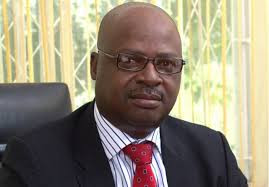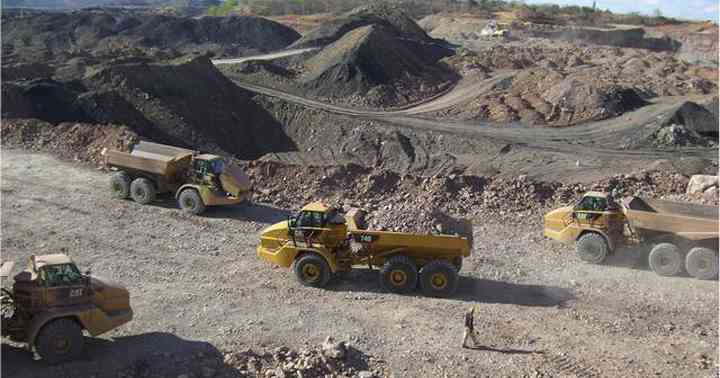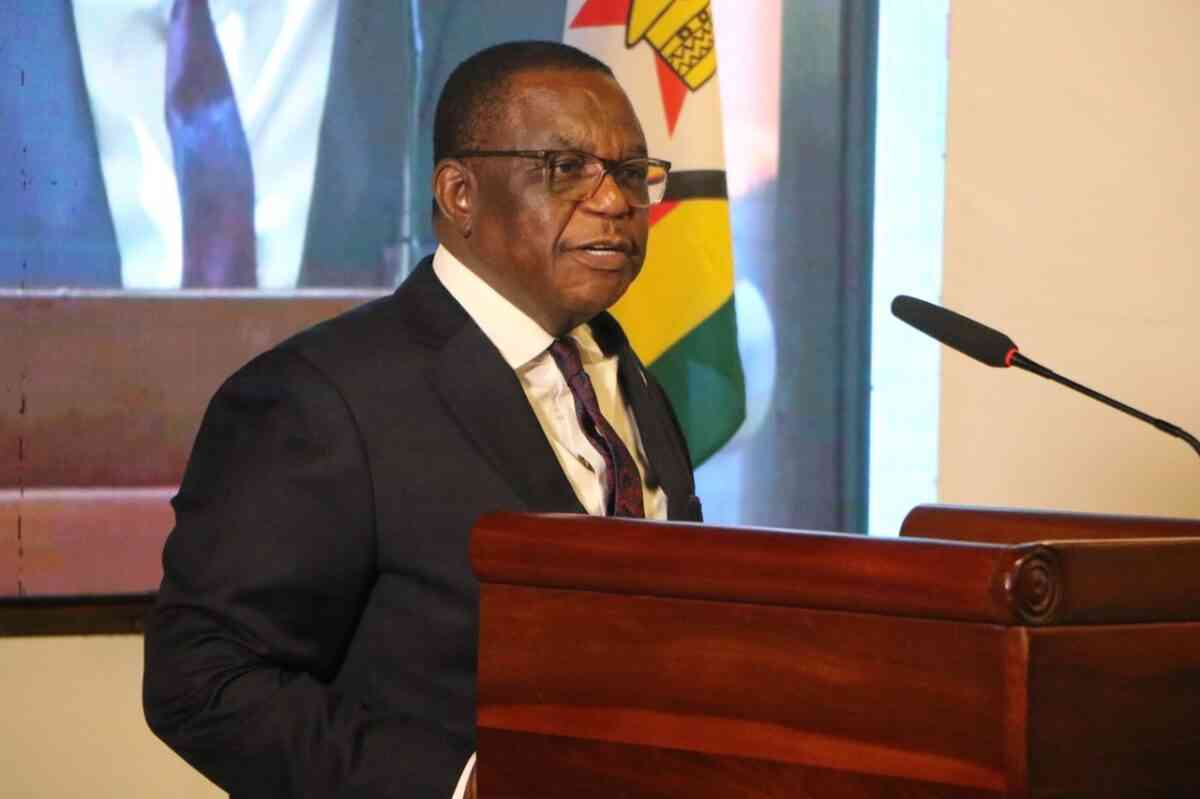
IT takes about 30 minutes to push a wheelbarrow on a bumpy road full of potholes for residents of Cowdray Park in Bulawayo to get water from Luveve.
In Meyrick Park, Harare,residents have to endure the agony of trekking half an hour in searing heat and queue another half an hour at the rapidly drying streams in Cotswood Hills to fill their pots, backets and jerry cans with “unclean water”.For most women in Emerald Hill, Grendale and Hatfield, drained by daylong energy-sapping gardening work and other domestic chores, the suffering is longer and more distressing.Children born in some parts of Mabvuku and Budiriro 4 and 5 some five years ago have not seen running water from their home taps. This week a “miracle” was witnessed in Mabvuku: there was running water from the taps.The dire consequences of dried up valleys and streams have seen residents competing with livestock for fresh water in the marshy land.As the heat increases this summer, seasonal streams from where multitudes of the country’s less privileged who cannot afford to sink a borehole, used to draw water have since dried up and water, which is supposed to be a necessity, has turned out to be a pricey luxury good.This is the depressing reality of the acute water shortage in Zimbabwe. The local authorities and consumers are looking on helplessly as water bills by the Zimbabwe National Water Authority (Zinwa) fail to tally with the harsh realities of the current crisis that has ignited bitterness between neighbours and friends wrangling over water.Angry residents in Harare lay part of the blame for the water cuts on the controversial takeover of water management by Zinwa.But Zinwa says the poor supply was because of the dilapidated infrastructure it inherited from the city council and the frequent power cuts by the national power utility Zesa.Minister for Water Resources and Infrastructural Development Munacho Mutezo said the increased water shortages was being caused by disruption of electricity, as power is needed to pump water from the main reservoir into other reservoirs.“Generators do not have the capacity to pump water past three or four reservoirs before it reaches residential areas,” said Mutezo.On why some residents in Mabvuku have been without water for years Mutezo said: “Those areas (Mabvuku) are a bit out of town and located on high places. In order for water to reach those destinations it has to go through four or five tanks without any disruptions.“Water in such areas needs to be pumped in tanks for as high as 150 metres. If there is a power cut during the process the water level will go down flowing back to the first tank. When the situation normalises the water level has to be pumped to levels as high as 150 metres and that will be for four or five tanks.”Mutezo said apart from the power cuts, water supplies were also being affected by the procurement of purification chemicals from Zimbabwe Phosphates.Community health workers have raised concern that the resolve by residents of Chitungwiza and surrounding areas to fetch “dirty” water for home use could explain the declining sanitation practices and resurgence of cholera that has so far claimed nearly 20 lives and infected about 60 other people.“If water is life, we must learn to treat it not as a commodity to be sold to the highest bidder or as an entitlement to the privileged, but as an essential component of human existence. We must learn not only the methods and habits of sharing equitably, but also the technologies and values of protecting the environment that makes fresh water available to us,” said the World Health Organisation (WHO) in a statement.Most people in Zimbabwe are living on less than five litres of water per person daily. According to the WHO, a human being should live on at least 20 litres of water a day.A catalogue of pitiable planning compounded by low technology and resource constraints have ironically made residents desperate for fresh water. There are rising concerns that improper management of water resources could constrain the much-touted campaign for national food security. So bad is the situation that the Minister of Health David Parirenyatwa advised mourners and people at a gathering not to shake hands in the absence of water following a cholera outbreak recently.“I advise people not to shake hands at funeral gatherings if there is no water. If they are to do so they should rub charcoal on their hands to avoid spread of cholera and other diseases,” Parirenyatwa said.Director of health services, Mike Simoyi, noted a permanent solution was required to remove all risk without residents having to take special precautions.Sewers need to be fixed and all residents need access to clean, safe water. Moffat Ndlovu, the Bulawayo town clerk, even proposed a water train to bring water from the Zambezi River in the north of Zimbabwe, around 400 kilometres away.“We are actively pursuing the idea of a water train to bring the precious liquid because our current supplies will be exhausted by October,” said Ndlovu to the Zimbabwe Independent.The water would be purified in Bulawayo before it is distributed to the city’s 1,5 million residents, the report said.The Combined Harare Residents Association said Harare’s glamour and infrastructure were deteriorating because of lack of clean and reliable water.”Yesterday the Zimbabwe Coalition on Debt and Development said it had petitioned Zinwa supported by 4 726 signatures from companies in Bulawayo, Chitungwiza, Harare and Mutare over the deteriorating water problems.
By Paul NyakazeyaÂ











